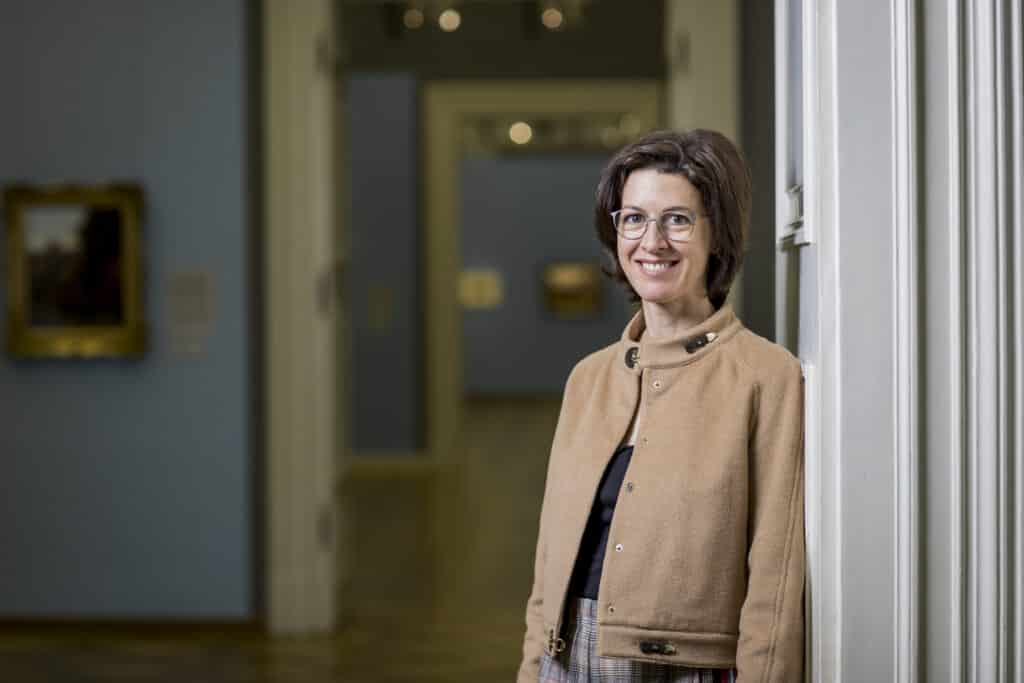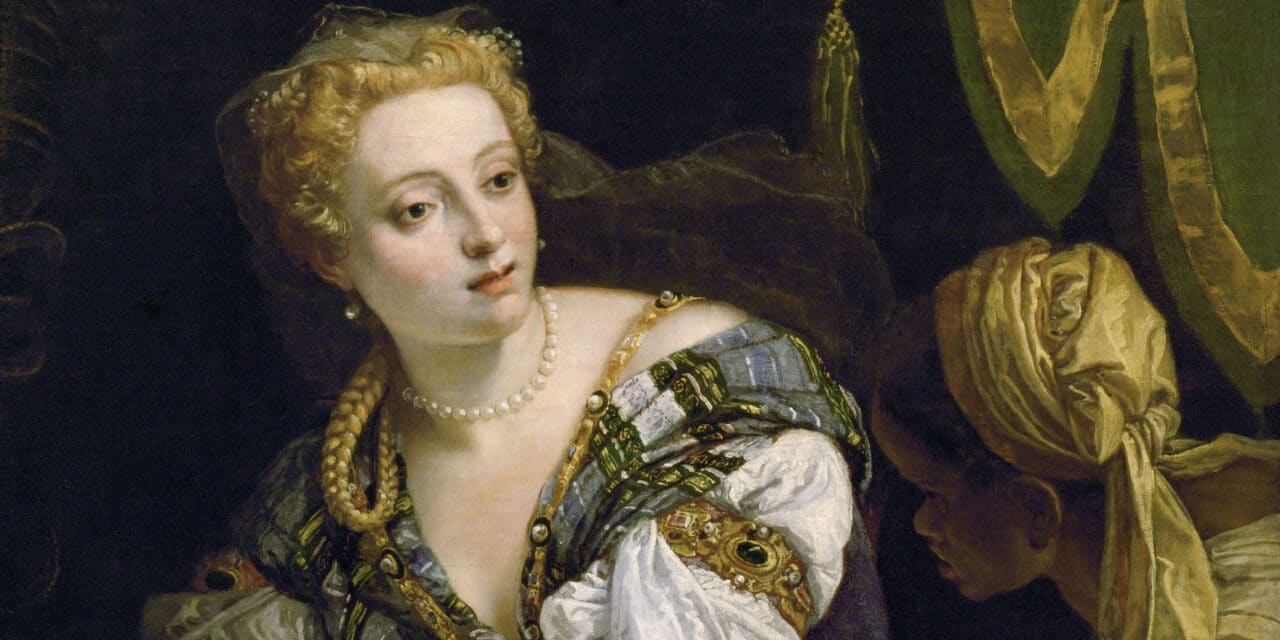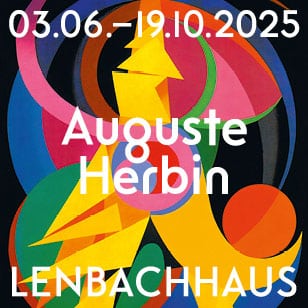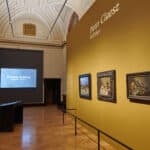„Die Farben der Serenissima“ ist die erste exklusive Schau aus den Beständen der ehemals kaiserlichen Sammlungen in Salzburg. Der Gastauftritt des Kunsthistorischen Museums Wien ist zugleich die erste Ausstellung unter der Leitung der neuen Direktorin des DomQuartiers, Andrea Stockhammer.
Die umfassende Schau, die ein Porträt der Stadt Venedig und ihrer Gesellschaft zeichnet, thematisiert die wesentlichen Entwicklungen venezianischer Kunst von der Renaissance bis zum Rokoko. Neben ausgewählten Werken der Malerei werden auch exemplarisch Beispiele andere Kunstgattungen wie Bronzen oder Rüstungen sowie virtuose Objekte aus der legendären Kunstkammer des ehemaligen Kaiserhauses gezeigt, die weltweit die bedeutendste ihrer Art ist.

Andrea Stockhammer, Direktorin des DomQuartiers Salzburg © DomQuartier Salzburg
„Ich freue mich über die Zusammenarbeit mit dem Kunsthistorischen Museum Wien und die Ausstellung. Sie entspricht dem Profil der Residenzgalerie mit ihren hervorragenden Beständen europäischer Malerei. Auf einer Gesamtfläche von 750 Quadratmetern entsteht ein vieldimensionaler Einblick in das Erfolgskonzept und die charakteristischen Besonderheiten venezianischer Kunstproduktion.“ sagt Andrea Stockhammer, Direktorin des DomQuartiers Salzburg.
Für die Generaldirektorin des Kunsthistorischen Museums Wien, Sabine Haag geht ein lang gehegter Wunsch in Erfüllung: „Salzburg spielte eine zentrale Rolle im Austausch zwischen der italienischen und deutschen Kultur. Die venezianische Kunst des 16. bis 18. Jahrhunderts stellt einen wesentlichen Schwerpunkt im reichen Sammlungsbestand des Kunsthistorischen Museums dar. Umso mehr freue ich mich, dass wir 2024 mit Meisterwerken dieser Epoche in der Residenzgalerie Salzburg zu Gast sein werden.“
Für Museumsreferent Landeshauptmann Wilfried Haslauer „setzt der erstmalige, prachtvolle Gastauftritt des Kunsthistorischen Museums Wien schon im Vorfeld der Eröffnung der Belvedere-Dependance ein kraftvolles Zeichen für die Attraktivität Salzburgs als Museumsstandort.“
Venezianische Kunst von der Renaissance bis zum Rokoko und ihre Besonderheiten
DIE FARBEN DER SERENISSIMA spielt mit einer gewissen Doppeldeutigkeit. Der Ausstellungstitel bezieht sich dabei zum einen auf die besondere Farbgebung in der Malerei, zum anderen tatsächlich auf die Farben Venedigs, so wie es sich dem Besucher in seinen Lichtstimmungen und in der Opulenz seiner Luxusgüter präsentiert. Die umfassend angelegte Schau thematisiert verschiedene Aspekte der Lagunenstadt: Porträts eleganter Venezianerinnen und Venezianer spiegeln das Selbstverständnis einer erfolgreichen Handelsmacht, stimmungsvolle Landschaftsmalerei lädt zur Kontemplation ein. Neue Bildtypen in der religiösen Malerei holen die Heiligen und biblischen Gestalten ganz in die Nähe des Betrachters und sprechen ihn auf höchst emotionale Weise an.
Nachhaltiger Erfolg bis ins 18. Jahrhundert
Der Erfolg der venezianischen Renaissance zählt zu den nachhaltigsten in der europäischen Kunst. In Venedig hatte sich eine wohlhabende Bevölkerungsschicht herausgebildet, die ihren Reichtum und sozialen Status mit Kunstwerken zur Schau stellte. Mit diesen günstigen Bedingungen zog die Serenissima ‒ wie Venedig auch genannt wurde ‒ zahlreiche Künstler:innen aus dem Umland an. Die Malweise Tizians und seiner Künstlerkolleg:innen prägte bald auch außerhalb Venedigs die Vorstellung von venezianischer Malerei. Bis ins 18. Jahrhundert inspirierten sich Künstler:innen am colorito alla veneziana und eiferten Kunstsammler danach, Gemälde aus dem Venedig des 16. Jahrhunderts zu besitzen, um en vogue zu sein.
Venedigs Reichtum und Aufstieg zur Handelsmetropole im Mittelmeerraum
Bis ins 16. Jahrhundert war Venedig eine der bedeutendsten Handelsstädte. Paläste und Kunstschätze zeugen noch heute vom einstigen Reichtum der Lagunenstadt. Seit dem Mittelalter war die von einem Dogen regierte Stadt in den östlichen Mittelmeerraum expandiert. An ihrem Hafen kamen zahlreiche Luxusgüter an. Seide, Teppiche oder besondere Farbpigmente zählten zu den kostbaren Importwaren, die neben edlen Textilien, Glasgefäßen und gedruckten Büchern wieder in den Norden verkauft wurden. Mit der Expansion der Osmanen verlor Venedig jedoch zunehmend seine Territorien im Mittelmeer. Die Eroberung Amerikas durch andere europäische Mächte und der Verlust Kretas 1669 ließ die Macht der Adelsrepublik verblassen. Zugleich konnte Venedig seine Territorien in den Kriegen des 16. Jahrhunderts verteidigen und die venezianische Oberschicht wandte sich mehr dem Festland, der Terra Ferma, zu.
21. Juni 2024 bis 6. Januar 2025
www.domquartier.at












